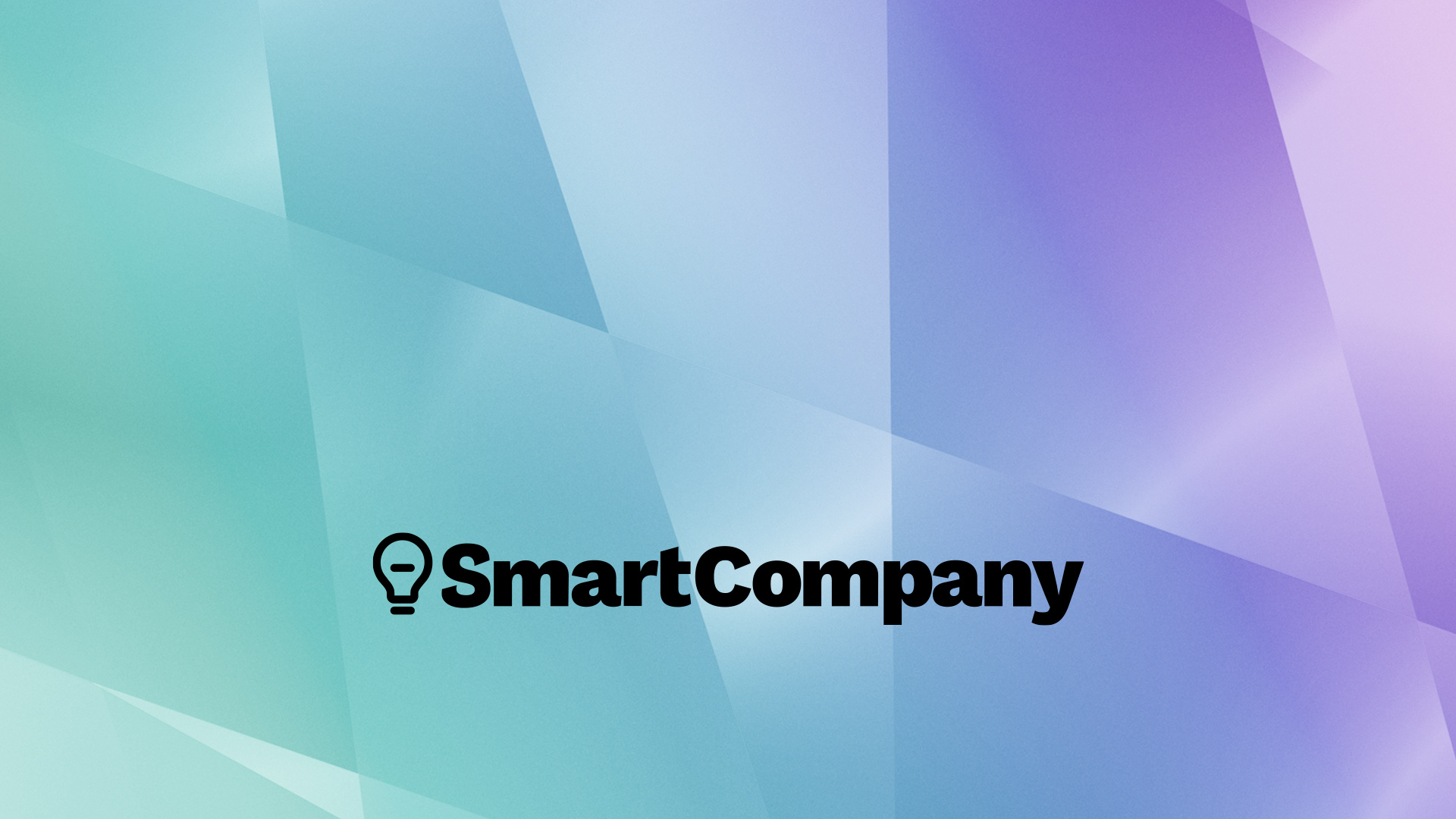Bricks and mortar
Dymocks has sold books online for years, and expects volumes to grow. However, most people still buy physical books from physical stores, Cox says. “E-books are growing, but off a small base,” he says.
The company is looking at more closely integrating its online and physical store presence. For example, using Booklovers and other features, the company hopes its website can begin to offer some of the guidance customers get in its stores. It also plans to integrate its full catalogue into its stores more seamlessly, so consumers can easily buy anything in the catalogue in-store, as they would if they were browsing online.
Asked whether he thinks there’ll be an Australian book retailing industry in 20 years, Cox is bullish.
“I think there is a really strong future for book retailers,” he says. “The thing that underpins that is that customers and people in general have always loved to read, and now, they’re doing it more than ever before.
“Naturally we’ll have to adapt, the products will have to change and evolve, but people still look to us as a source of information.”
Plus, pundits shouldn’t underestimate how many book purchases are the results of an idle-minded browse through a bookstore, Cox says. “People look online, but they also love walking through a bookstore.”
Steve Cox’s leadership manual
1. What’s the one thing a leader should never say or do?
“I think a leader should never say they’ve got all the answers, because all of us are learning. You’ve got to constantly ask lots of questions. Ask questions and listen to people, because good ideas can come through all sorts of avenues. “
2. What elements are critical to achieving change?
“Clarity of the vision. Everyone should understand the path and where we’re going. People need a clear road-map, so they can buy into the vision and engage. And they need the ability to give feedback, so they can have an input into how the results will be achieved.”
3. What makes a workforce productive, or more productive?
“A shared commitment to a goal. People are productive when they want to achieve an outcome, and when they feel passionate about the brand, and where the brand’s trying to get to.
“From there, improving productivity is about breaking down barriers. If there are inefficient work practices, there should be an avenue for people to suggest how to fix them.”
4. What do you look for in your direct reports or in those you’re looking to promote?
“The most important thing is their attitude. Obviously, they should be skilled in their area of expertise. But they should also be able to listen. They should recognise that no one person knows it all.
“They should be a real team-player – someone who recognises that great results are achieved through the work of many rather than the work of an individual.”
5. Where do you go for leadership inspiration and ideas?
“I have personal mentors – people I’ve worked with and been inspired by all through my journey. And obviously, I read and listen to what’s written and said about other businesses, and pick up ideas and inspiration from there.
“I think it’s really important to talk to a broad range of people. There are lots of people doing amazing things. If you listen and talk broadly to people, you can learn a lot.”
6. What was the worst moment of your career, or your career’s biggest challenge?
“Retail is cyclical, and those are the times that have been particularly challenging. It all feels easier when the sales are coming and it’s all on the up. At other times, the sales are tougher to come by.
“It’s those periods of difficult sales that are the most challenging. But they’re also the periods that drive the greatest change. They force you to reassess how you operate, and think more clearly about your customer, and how you play a role in that customer’s life. From those difficult times can come the most positive change.”





